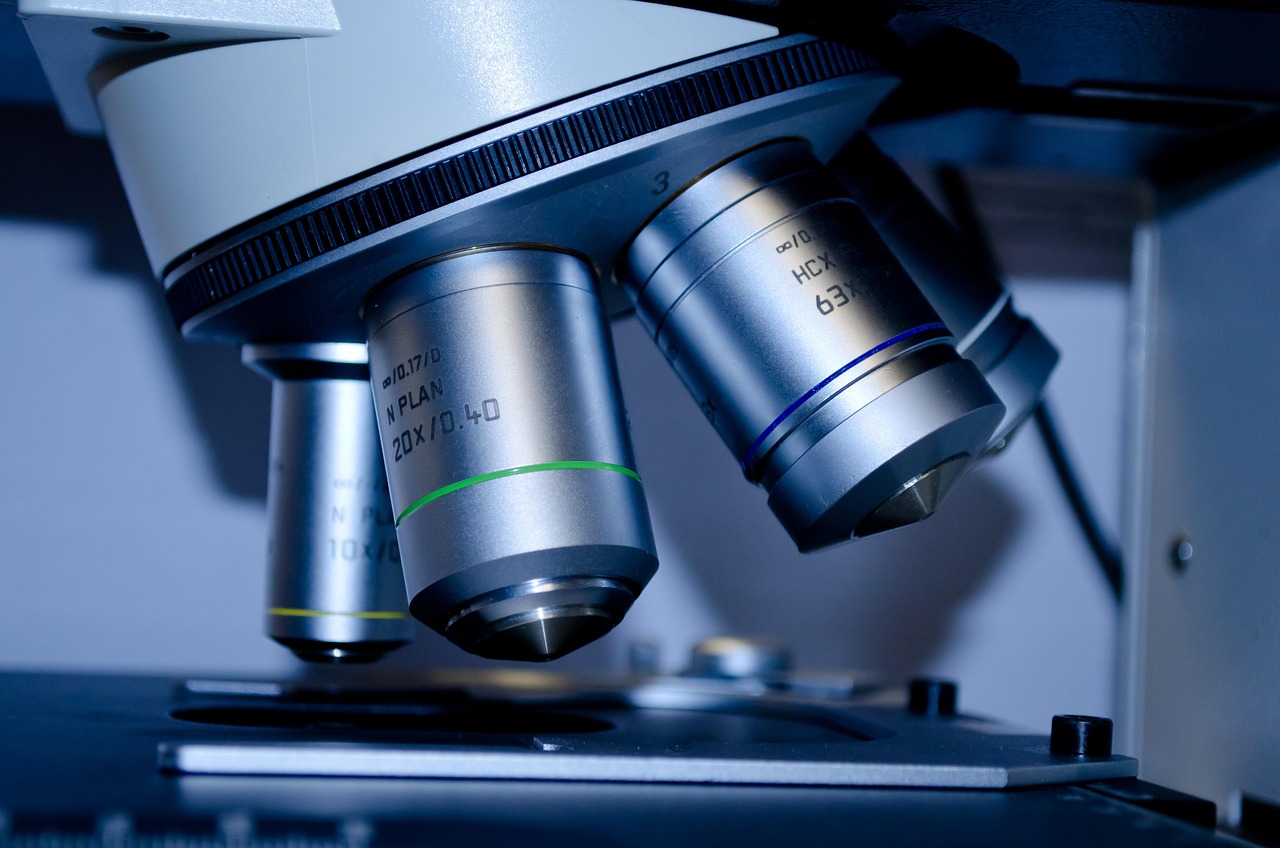
Artificial Intelligence (AI) continues to revolutionize various sectors, with its capacity to analyze vast datasets and detect patterns that might elude human analysts. In the realm of socio-demographic risk assessment, AI offers an unprecedented opportunity to tailor public policies more effectively. By leveraging machine learning algorithms and big data, policymakers can now pinpoint socio-demographic risks with greater precision, enabling more targeted interventions.
Socio-demographic risks encompass a broad range of challenges that societies face, such as income inequality, access to education, healthcare disparities, and housing issues. These risks often intersect and compound, creating complex scenarios that traditional data analysis methods struggle to unravel. AI, however, excels at managing such complexity, offering tools that can handle multi-dimensional data and identify correlations and causations that might otherwise remain hidden.
Globally, the adoption of AI-powered tools in policy-making is gaining momentum. In countries like the United States, the United Kingdom, and Australia, governments have begun integrating AI to enhance their socio-demographic analysis capabilities. For instance, AI models are being employed to predict areas at higher risk of socio-economic decline, allowing for preemptive measures.
One key advantage of using AI in this context is its ability to continuously learn and adapt. Machine learning models can be updated with real-time data, providing dynamic insights into socio-demographic trends. This ongoing adaptability is crucial in a world where demographic shifts can happen rapidly due to factors like migration, economic change, or policy reform.
AI’s role in mapping socio-demographic risks can be outlined in several key areas:
- Data Integration: AI algorithms can merge data from various sources, such as census data, economic reports, and social media analytics, to form a comprehensive picture of socio-demographic dynamics.
- Pattern Recognition: Machine learning tools can detect patterns in data that signify underlying socio-demographic risks, such as rising unemployment rates in specific regions or declining educational attainment in particular demographic groups.
- Predictive Analysis: AI models can forecast potential future scenarios based on current data trends, allowing policymakers to anticipate challenges and implement preventive measures.
- Personalized Policy Recommendations: By understanding the unique socio-demographic profile of different communities, AI can aid in crafting policies that address specific needs and vulnerabilities, rather than applying a one-size-fits-all approach.
Despite the significant potential of AI in this field, there are challenges to consider. Data privacy remains a critical concern, as the use of personal data to train AI models must comply with privacy regulations. Ensuring transparency and avoiding algorithmic bias are also essential to maintain public trust in AI-driven policy-making.
Moreover, the successful application of AI in mapping socio-demographic risks hinges on interdisciplinary collaboration. Data scientists, sociologists, economists, and policymakers must work together to ensure that AI tools are not only technically robust but also socially and ethically responsible.
In conclusion, as AI continues to mature, its application in socio-demographic risk assessment presents a promising avenue for more informed and effective policy-making. By harnessing the power of AI, governments can better understand the complex socio-demographic landscapes they govern, leading to policies that are more responsive to the needs of their populations. This, in turn, can contribute to more equitable and sustainable societal outcomes on a global scale.













